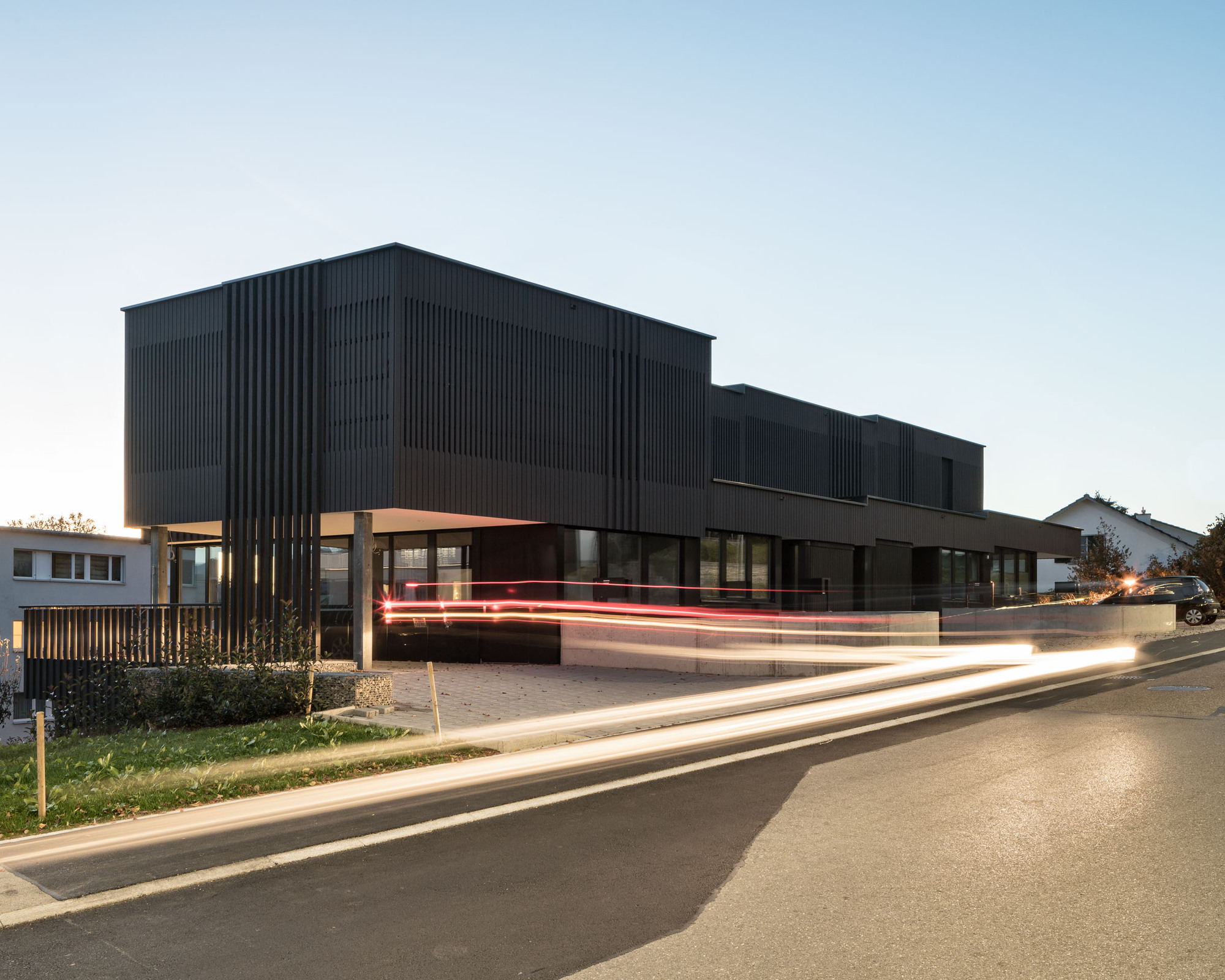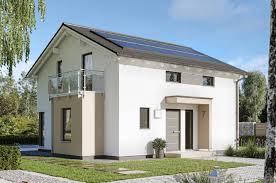Introduction
The housing market is often seen as a bellwether for the economy, reflecting consumer confidence and investment trends. In South Africa, the dynamics of house buying have shifted significantly in 2023 due to economic conditions, interest rates, and demographic changes. Understanding these trends is crucial for potential homebuyers, investors, and policy-makers looking to navigate this ever-evolving landscape.
Current Market Conditions
As of late 2023, the South African real estate market has been influenced by rising interest rates, which recently reached a 14-year high. The South African Reserve Bank raised its repo rate to 8.25% in response to inflationary pressures, affecting buyers’ affordability. According to the FNB Property Barometer, house prices have stabilized, showing minimal growth compared to previous years. The average house price in South Africa is currently reported at R1.5 million, which showcases the increasing challenges for first-time homebuyers.
Shifting Buyer Preferences
Data from recent real estate reports indicates a noticeable shift in buyer preferences. Many potential homebuyers are now looking towards smaller townships and suburban areas as opposed to traditional urban centers. The demand for properties with more space, such as gardens or home offices, has surged due to the increased prevalence of remote working. Additionally, there is a growing interest in energy-efficient and sustainable homes, with buyers willing to invest more upfront for long-term savings and environmentally-friendly living.
Government Initiatives and New Developments
The government has taken steps to support the housing market through initiatives aimed at first-time buyers, including the FLISP (Finance Linked Individual Subsidy Programme). This subsidy is designed to assist low-to-middle income families in acquiring their first homes. Moreover, new housing developments in regions like Gauteng and the Western Cape are gaining traction, providing affordable options in a time of economic uncertainty.
Conclusion
In conclusion, the current trends in house buying in South Africa reflect a complex interplay of economic factors, changing demographics, and evolving consumer preferences. With rising interest rates impacting affordability, potential buyers are more cautious than ever. However, the increasing interest in sustainable living and government support initiatives may provide avenues for hope amidst the challenges. As we move forward, stakeholders in the housing market will need to adapt to these changes to ensure sustainable growth and meet the needs of the growing South African population.

